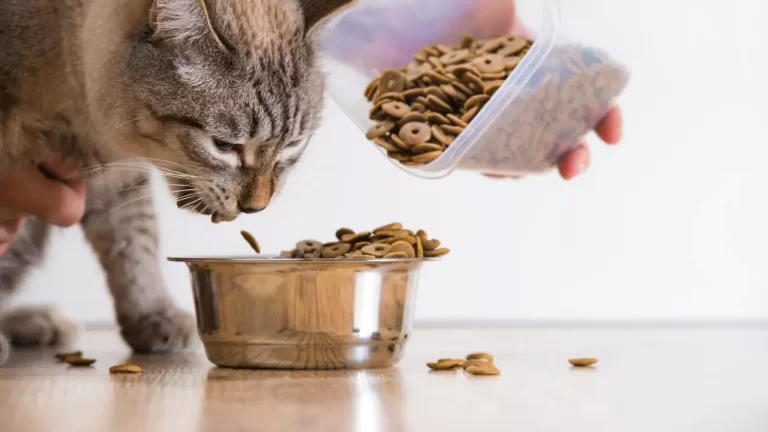Yes, cat food bowls should be elevated for most cats. Elevating cat food bowls can provide several benefits for cats, including improved joint health, food freshness, cleanliness, slower eating, and more thorough chewing.
While elevated bowls are not necessary for all cats, they are recommended for the majority of house cats. When choosing an elevated cat bowl, look for a sturdy design with adjustable height.
Benefits of Elevated Cat Bowls
Elevating cat food bowls offers a number of advantages over bowls placed on the floor. Some key benefits include:
Joint Health
Elevated bowls reduce the amount cats have to bend down to eat and drink. This takes the pressure off their joints, especially the neck, shoulders, and back. Elevating bowls can make mealtime more comfortable for cats with arthritis or other joint issues.
Freshness
Bowls placed on the floor can collect dust, dirt, and pet hair. Elevated bowls stay cleaner, keeping food fresher.
Cleanliness
Floor-level bowls are prone to getting stepped in or played with. Elevating bowls helps keep food and water cleaner.
Prevent your cat from eating too fast
When bowls sit on the floor, it is easy for cats to scarf down food too quickly. Elevated bowls slow down eating, which is healthier for cats.
Encouraging your cat to chew more thoroughly
The effort required to reach up to an elevated bowl prompts cats to chew each bite more thoroughly. This aids digestion.
Are Elevated Cat Bowls Necessary for All Cats?
While elevated bowls provide benefits for most cats, they may not be necessary for all. Kittens, cats with very short legs, and cats who do not overeat or have joint issues can do fine with bowls on the floor. Some cats may not like the change to elevated bowls. Consider your cat’s age, health issues, and preferences before switching to raised bowls.
How to Choose the Best Elevated Cat Bowl?
When selecting an elevated cat bowl, look for:
- Adjustable height – Bowls with adjustable height allow you to fine-tune the height for your cat. Start with a lower height and gradually raise it as your cat adjusts.
- Sturdy design – Bowls should have a heavy, non-tip base. Choose a design made of durable materials that will hold up to daily use. Avoid lightweight bowls cats can easily knock over.
- Non-slip surface – The bottom of the bowl platform should have a non-slip coating to keep it securely in place on flooring.
- Easy to clean – Look for elevated bowls with removable stainless steel or ceramic food bowls that pop out for quick cleaning.
- High edges – Bowls with higher edges help minimize messes and spills.
- Right size – Pick a bowl that gives your cat enough room to eat comfortably without allowing food to sit too long.







